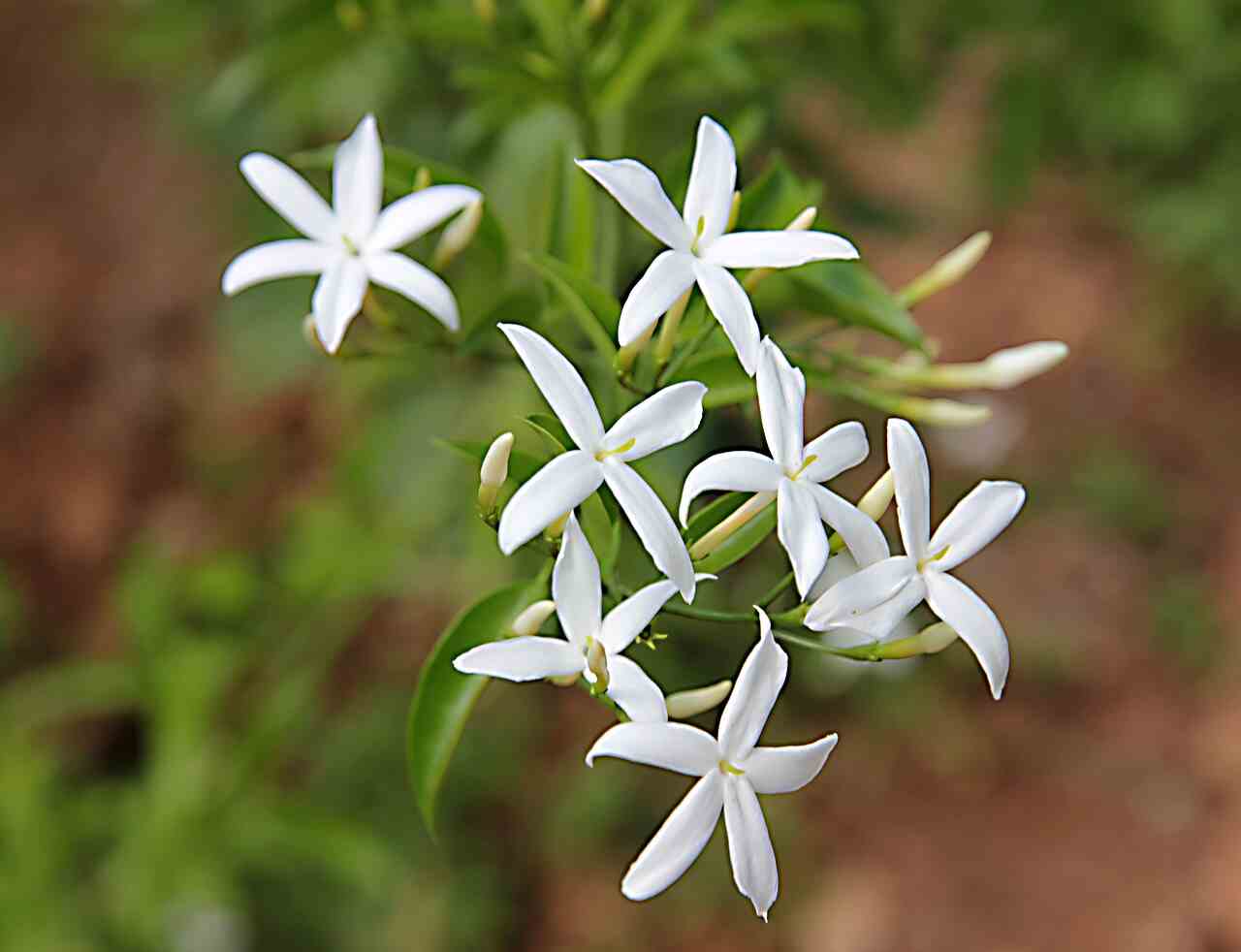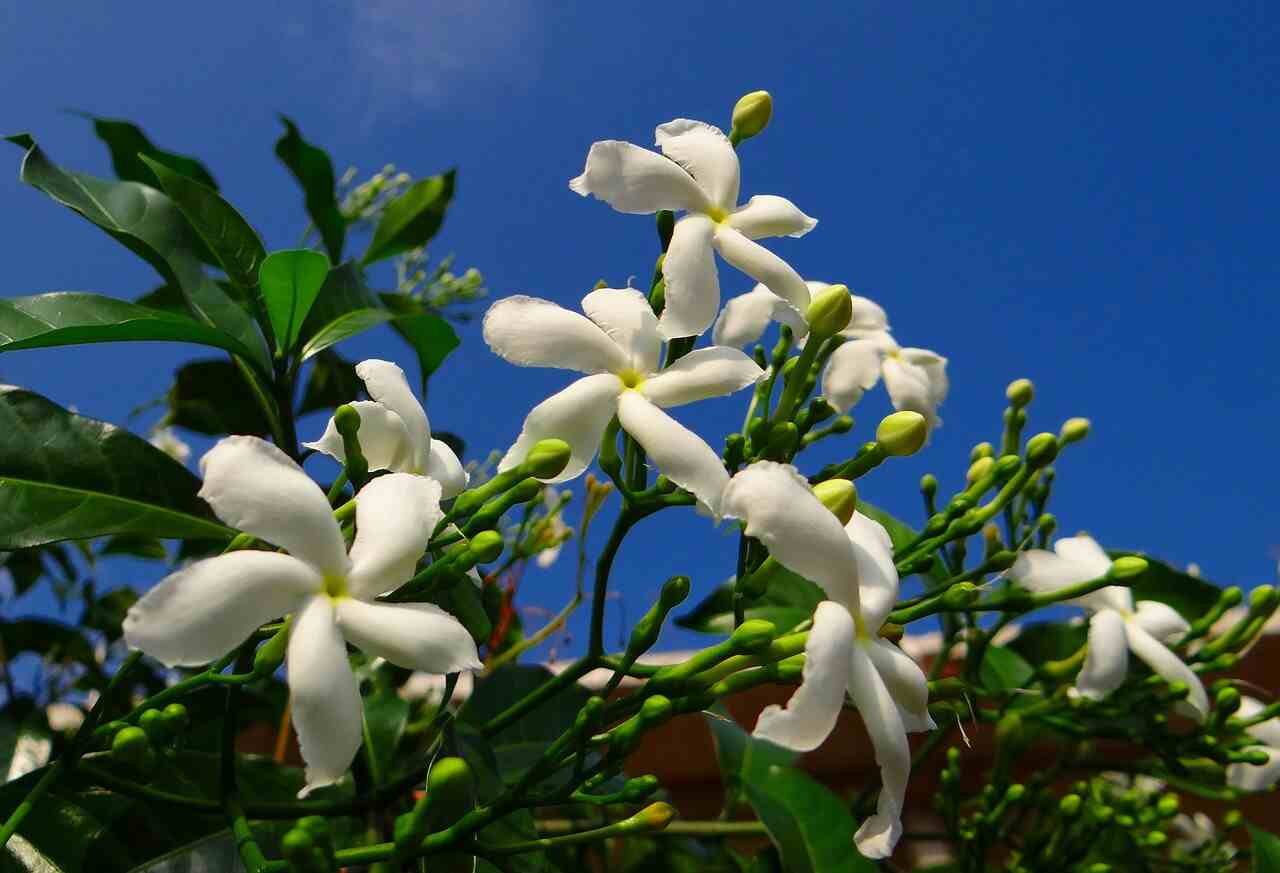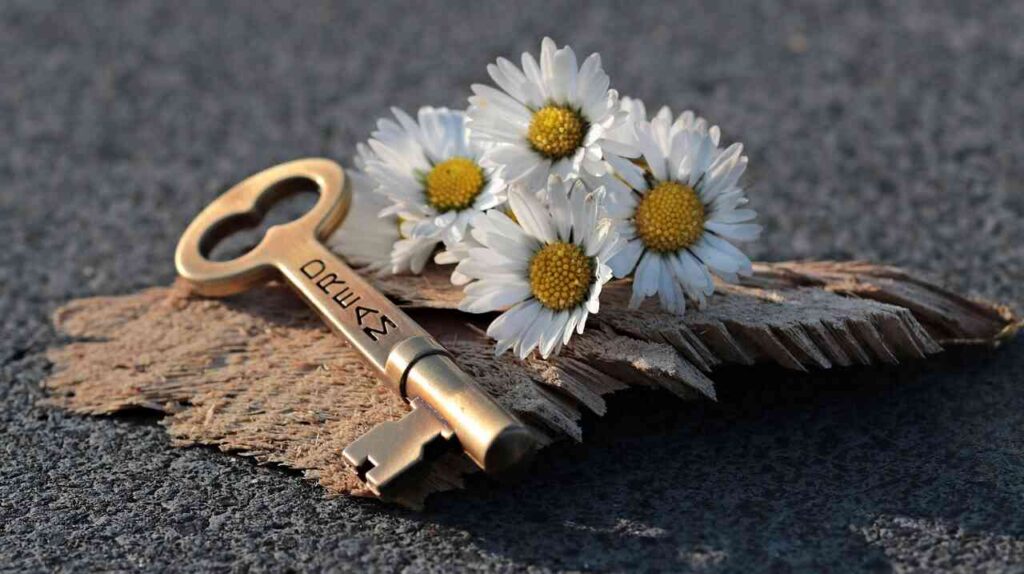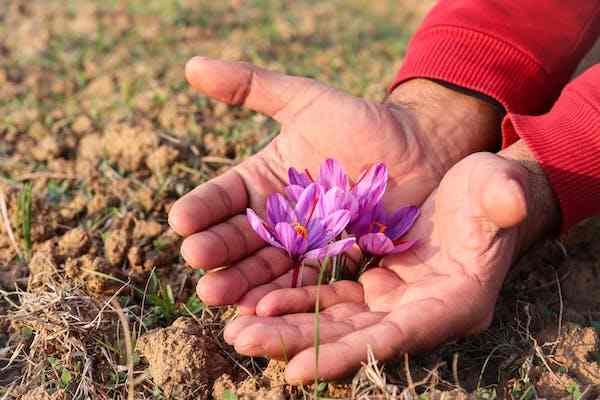The Hawaiian Pikake plant, known for its fragrant blossoms, holds a special place in Hawaii’s culture and gardens. This plant, often associated with purity and love, offers more than just aesthetic appeal. Its blooms are central to many Hawaiian traditions, especially in lei-making. This guide will take you through everything you need to know about the Pikake plant, including its history, cultivation, care, and uses.
What is a Pikake Plant?
Pikake (Jasminum sambac) is a species of jasmine native to Southeast Asia but has been embraced by Hawaiian culture. The name “Pikake” is derived from the Hawaiian word for peacock, inspired by the plant’s exquisite blossoms, which are as cherished as the bird’s feathers. These small, white flowers are known for their intense fragrance and are often used in leis and garlands.
History and Cultural Significance
Origins
The Pikake plant originated in Southeast Asia and was brought to Hawaii by early settlers. It quickly became a beloved part of the Hawaiian flora due to its sweet scent and beautiful flowers.
Cultural Importance
In Hawaiian culture, the Pikake flower symbolizes romance and is often used in wedding ceremonies and other significant events. The flower’s fragrance and beauty make it a popular choice for leis, which are garlands given as a gesture of affection, honor, or welcome.
How to Grow Pikake Plant
Growing Pikake is relatively straightforward, but it requires some specific conditions to thrive. Here’s a step-by-step guide to help you cultivate this fragrant plant in your garden.
Climate and Soil Requirements
Pikake plants thrive in warm, tropical climates. They prefer temperatures between 60-75°F (15-24°C). The plant does not tolerate frost and should be protected from cold temperatures.
For soil, Pikake plants require well-draining, slightly acidic to neutral soil. A pH range of 6.0 to 6.5 is ideal. Adding organic matter, such as compost, can improve soil quality and drainage.
Planting Pikake
- Choose a Location: Select a sunny spot in your garden. Pikake needs at least 6 hours of direct sunlight daily.
- Prepare the Soil: Amend the soil with compost to enhance fertility and drainage.
- Planting Depth: Dig a hole twice the size of the root ball. Place the plant in the hole, ensuring the root crown is level with the soil surface.
- Watering: Water the plant thoroughly after planting.
Watering and Fertilization
Pikake plants require consistent moisture but do not like to sit in water. Water the plant deeply once or twice a week, allowing the soil to dry slightly between waterings.
Fertilize the plant every 4-6 weeks during the growing season (spring and summer) with a balanced fertilizer. A 10-30-10 fertilizer can encourage blooming.
Pruning and Maintenance
Pruning is essential for maintaining the shape and health of your Pikake plant. Trim back any dead or diseased branches and shape the plant as desired. Pruning after the blooming period can encourage more robust growth and flowering in the next season.
Common Problems and Solutions
Pests
Pikake plants can be susceptible to pests such as aphids, spider mites, and whiteflies. Regularly inspect your plant for signs of infestation. Use insecticidal soap or neem oil to treat affected areas.
Diseases
Root rot and fungal infections can occur if the soil is too wet. Ensure proper drainage and avoid overwatering. If you notice yellowing leaves or wilting, check the roots for signs of rot.
Yellowing Leaves
Yellow leaves can be a sign of various issues, including overwatering, nutrient deficiencies, or pests. Adjust watering practices and check for pests or signs of disease. Fertilize if needed.
Uses of Pikake Flowers
Lei Making
One of the most popular uses for Pikake flowers in Hawaii is lei making. The fragrant blossoms are strung together to create beautiful and aromatic garlands. Leis made from Pikake flowers are often given as gifts during special occasions and ceremonies.
Perfumery
The sweet scent of Pikake flowers makes them a popular choice in the perfume industry. The essential oil extracted from these blossoms is used in many high-end fragrances.
Tea
In some cultures, Pikake flowers are used to flavor tea. The blossoms impart a delicate jasmine flavor to the tea, making it a refreshing and aromatic beverage.
Propagation Methods
Pikake plants can be propagated through various methods. Here are the most common ones:
Seed Propagation
- Collect Seeds: Harvest seeds from mature Pikake flowers.
- Prepare Seeds: Soak the seeds in warm water for 24 hours to soften the seed coat.
- Plant Seeds: Sow the seeds in a well-draining potting mix. Keep the soil moist and warm.
- Transplant: Once seedlings are large enough to handle, transplant them to their permanent location.
Cutting Propagation
- Take Cuttings: Select healthy, non-flowering stems and cut 4-6 inch sections.
- Prepare Cuttings: Remove the lower leaves and dip the cut end in rooting hormone.
- Plant Cuttings: Insert the cuttings into a well-draining potting mix. Keep the soil moist and place the pot in a warm, sunny location.
- Transplant: Once roots have developed, transplant the cuttings to their permanent location.
Varieties of Pikake
There are several varieties of Jasminum sambac, each with unique characteristics. Here are a few notable ones:
Grand Duke of Tuscany
This variety is known for its double-petaled flowers that resemble small roses. The blooms are highly fragrant and larger than other varieties.
Maid of Orleans
The Maid of Orleans variety has single-petaled flowers that are smaller but equally fragrant. This variety is more compact and well-suited for container gardening.
Belle of India
This variety features elongated, double-petaled flowers. The blooms are highly fragrant and appear in clusters.
Benefits of Growing Pikake
Aesthetic Appeal
Pikake plants add beauty to any garden with their lush green foliage and fragrant white flowers. They can be grown as shrubs or trained to climb trellises.
Fragrance
The sweet scent of Pikake flowers is a natural air freshener. Planting Pikake near windows or patios can fill your home with a pleasant aroma.
Cultural Connection
Growing Pikake can help you connect with Hawaiian culture and traditions. Making leis from your own garden’s blooms can be a rewarding experience.
Tips for Successful Pikake Growing
- Sunlight: Ensure your Pikake plant gets plenty of sunlight. At least 6 hours of direct sunlight daily is essential.
- Watering: Maintain consistent moisture but avoid waterlogging. Allow the soil to dry slightly between waterings.
- Fertilization: Feed your plant regularly with a balanced fertilizer to promote healthy growth and blooming.
- Pruning: Regularly prune your Pikake plant to maintain its shape and encourage new growth.
- Pest Control: Keep an eye out for pests and treat infestations promptly with appropriate measures.
Conclusion
The Hawaiian Pikake plant is a beautiful and fragrant addition to any garden. With its rich cultural significance and numerous uses, it’s no wonder this plant is cherished in Hawaii and beyond. By following the tips and guidelines provided in this guide, you can successfully grow and enjoy the many benefits of the Pikake plant. Whether you’re making leis, enjoying the fragrance, or simply admiring the blooms, the Pikake plant is sure to bring joy and beauty to your garden.





